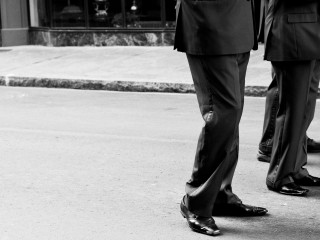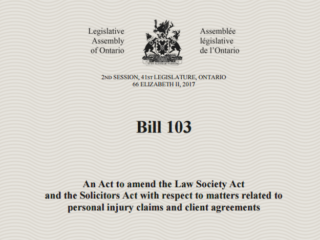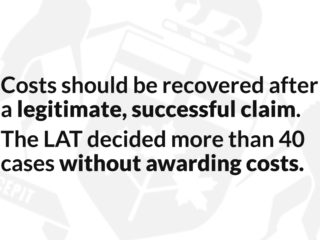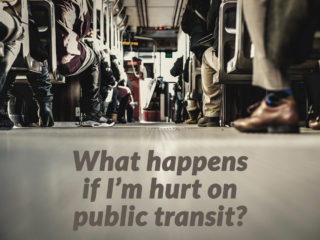First it was seat belts, then it was impaired driving, now, distracted driving.
There are many forms of distracted driving that can arise in motor vehicle accident litigation. During the examination for discovery process there will be questions posed by lawyers on both sides about whose fault the accident was. Experienced trial lawyers, such as members of OTLA, have particular and special experience in determining this question known as ‘liability’.
Of course, there are varying degrees of distraction from the actions of passengers in the vehicle, to playing loud music, and of course, cell phones. According to CAA, about 26% of all car crashes involve phone use, including hands-free phone use. 1 The question of who is at fault for the accident, from a legal perspective, is a challenging question that injured persons should leave to a lawyer who specializes in personal injury law.
In many cases, the lawyers for the insurance company will accuse the accident victim of doing something that contributed to the accident. Common examples include speeding, not steering to avoid the collision or listening to loud music.
However, many times these allegations do not amount to ‘distracted driving’ and have very little impact on how the injured victim will be compensated for their losses.
An example is the case of Maindonald v. McKeown, 2011 ONSC 4709 where a drunk driver crossed over the center line of a highway and crashed head on into the Plaintiff. The Plaintiff may have been speeding but the Judge held at paragraph 66:
“it is not sufficient for [the Defendant] to make the bold assertion that, because it may be found that [the driver] was speeding, the jury might find some liability against [the driver]. [The Defendant] has not shown that there is a nexus between speeding and the collision.”
Insurance company lawyers have tried in the past to argue the ‘last clear chance doctrine’ where liability is apportioned to a much greater degree to the party who had the ‘last chance’ to avoid the accident.
This approach was abolished in Ontario by the Court of Appeal. In Treaty Group Inc. v. Drake, 2007 ONCA 450 the Court wrote:
“this approach looks only to the consequences of the plaintiff’s conduct rather than the entirety of both parties’ tortious acts… it fails to address tort law’s primary objective of restoring the plaintiff to the position it would have enjoyed but for the negligence of the defendant.”
Most recently in Smith v. Safranyos, 2018 ONCA 760 the Court confirmed that the correct legal test is the ‘but for’ test for causation.
Injured persons should seek advice from experienced trial lawyers regarding who is at fault for their accident. The correct legal test is known as the ‘but for’ test of causation and can be properly applied to the circumstances of an accident by any lawyer member of OTLA.














